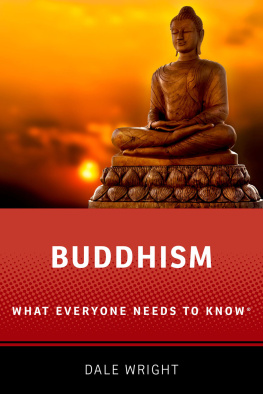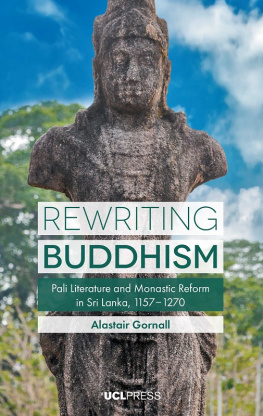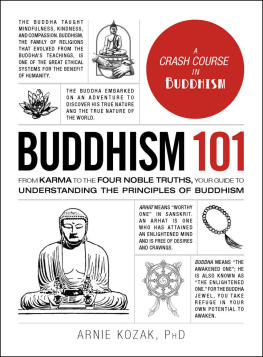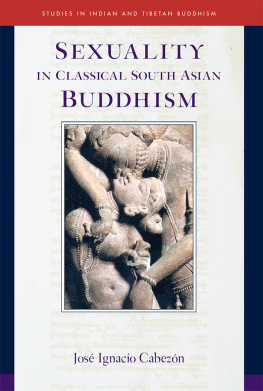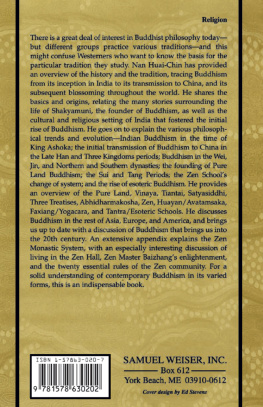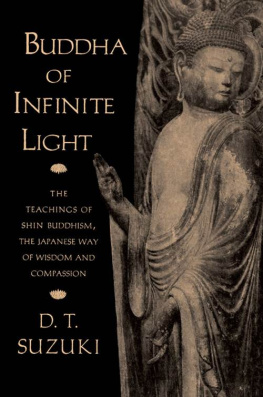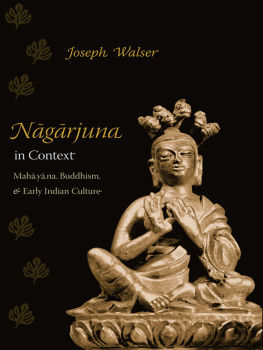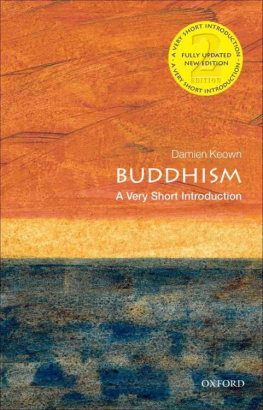Garima Kaushik - Women and Monastic Buddhism in Early South Asia: Rediscovering the invisible believers
Here you can read online Garima Kaushik - Women and Monastic Buddhism in Early South Asia: Rediscovering the invisible believers full text of the book (entire story) in english for free. Download pdf and epub, get meaning, cover and reviews about this ebook. year: 2016, publisher: Routledge India, genre: Science. Description of the work, (preface) as well as reviews are available. Best literature library LitArk.com created for fans of good reading and offers a wide selection of genres:
Romance novel
Science fiction
Adventure
Detective
Science
History
Home and family
Prose
Art
Politics
Computer
Non-fiction
Religion
Business
Children
Humor
Choose a favorite category and find really read worthwhile books. Enjoy immersion in the world of imagination, feel the emotions of the characters or learn something new for yourself, make an fascinating discovery.

- Book:Women and Monastic Buddhism in Early South Asia: Rediscovering the invisible believers
- Author:
- Publisher:Routledge India
- Genre:
- Year:2016
- Rating:5 / 5
- Favourites:Add to favourites
- Your mark:
Women and Monastic Buddhism in Early South Asia: Rediscovering the invisible believers: summary, description and annotation
We offer to read an annotation, description, summary or preface (depends on what the author of the book "Women and Monastic Buddhism in Early South Asia: Rediscovering the invisible believers" wrote himself). If you haven't found the necessary information about the book — write in the comments, we will try to find it.
This book uses gender as a framework to offer unique insights into the socio-cultural foundations of Buddhism. Moving away from dominant discourses that discuss women as a single monolithic, homogenous categorythus rendering them invisible within the broader religious discoursethis monograph examines their sustained role in the larger context of South Asian Buddhism and reaffirms their agency. It highlights the multiple roles played by women as patrons, practitioners, lay and monastic members, etc. within Buddhism. The volume also investigates the individual experiences of the members, and their equations and relationships at different levelswith the Samgha at large, with their own respective Bhiku or Bhikun Sangha, with the laity, and with members of the same gender (both lay and monastic). It rereads, reconfigures and reassesses historical data in order to arrive at a new understanding of Buddhism and the social matrix within which it developed and flourished.
Bringing together archaeological, epigraphic, art historical, literary as well as ethnographic data, this volume will be of interest to researchers and scholars of Buddhism, gender studies, ancient Indian history, religion, and South Asian studies.
Garima Kaushik: author's other books
Who wrote Women and Monastic Buddhism in Early South Asia: Rediscovering the invisible believers? Find out the surname, the name of the author of the book and a list of all author's works by series.

